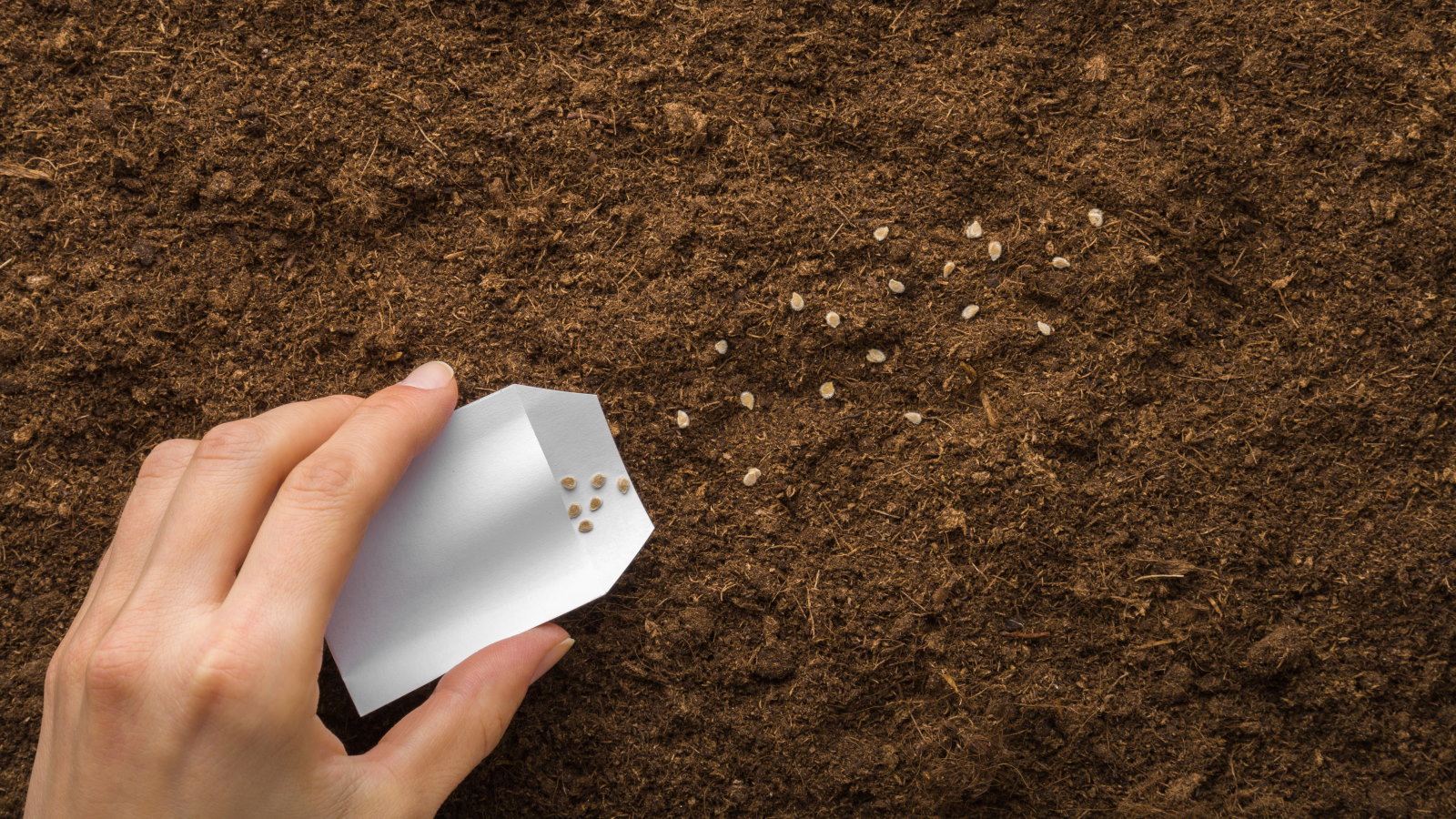
Nothing is better than seeing big , juicy tomatoes you have grown about to fall off the vine, but they will not fruit properly if eaten by pests . Whiteflies, slugs, and aphids feed on tomato plants, stunting their growth and causing weaker or deformed fruit. However , Laura Osteen, an expert from Secret Garden Landscrapes , has shared a simple method to keep tomato pests at bay: plant marigolds near your crops.
Laura said, “Have you ever noticed the strong smell of a marigold? The smell helps deter pests such as tomato worms, rabbits, cats, etc.” Marigolds produce a strong-smelling compound, which many pests will find repulsive, and it will stop them from wanting to eat tomato plants. Laura said: “Researchers have detected that marigold plants actually release a gaseous chemical called limonene that is a main component in the oil of citrus peels.

” The scent is known to keep most insect pests away, such as aphids and whiteflies, and to deter neighbourhood cats from approaching tomato crops. Marigolds are also known to release compounds into the soil that will kill parasites such as nematodes, so having them nearby will protect your tomato plants and keep their environment healthy. However, the smell of marigolds will not keep slugs or snails away, as they like munching on flowers with a high moisture content.
Instead, marigolds are used as bait to distract these pests away from tomato plants. Laura said: “You can use marigolds to trap snails and slugs before they can get to your tomatoes. Planting marigolds as a barrier will keep your tomato plants safe from these pests.
” Slugs love French marigolds, but if you would rather keep them away altogether, try planting Old English marigolds instead. Old English marigolds, also known as calendulas, have a stronger scent and a bitter taste that can irritate slugs if they try to eat them. Marigolds are also known to attract beneficial insects due to their bright, colourful petals, such as ladybugs, which will eat many of the pests known to disturb tomato plants.
These beautiful flowers will also attract pollinators to your tomatoes, such as butterflies and bees, which will also help increase fruit production so you get more tomatoes in your garden during the summer. All you need to do is plant a small group of marigold flowers around 50cm to 45cm away from your tomato plants if they are in the garden. Both marigolds and tomato plants can be planted around the same time, and they prefer a bright spot in the garden where they can get the full sun.
They also need to be placed in well-draining soil rich in organic matter, so make sure to spread a good coating of mulch on tomatoes and marigolds. If you are growing beans, carrots, cucumbers, or strawberries in your garden, marigolds can also help repel these common pests from crops. Anyone growing tomatoes in containers or inside a greenhouse can also keep marigolds nearby to protect them from pests.
.















